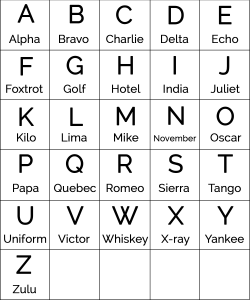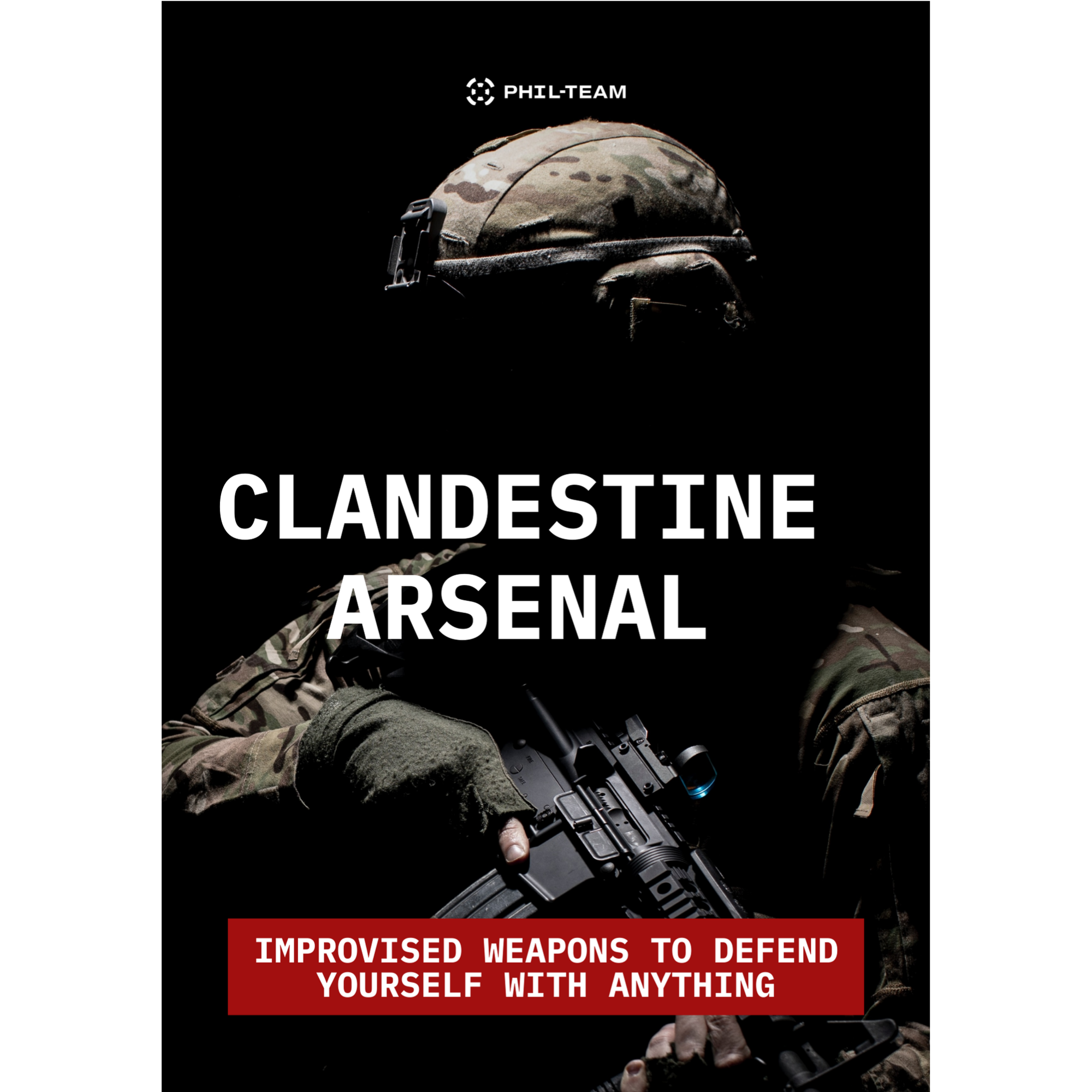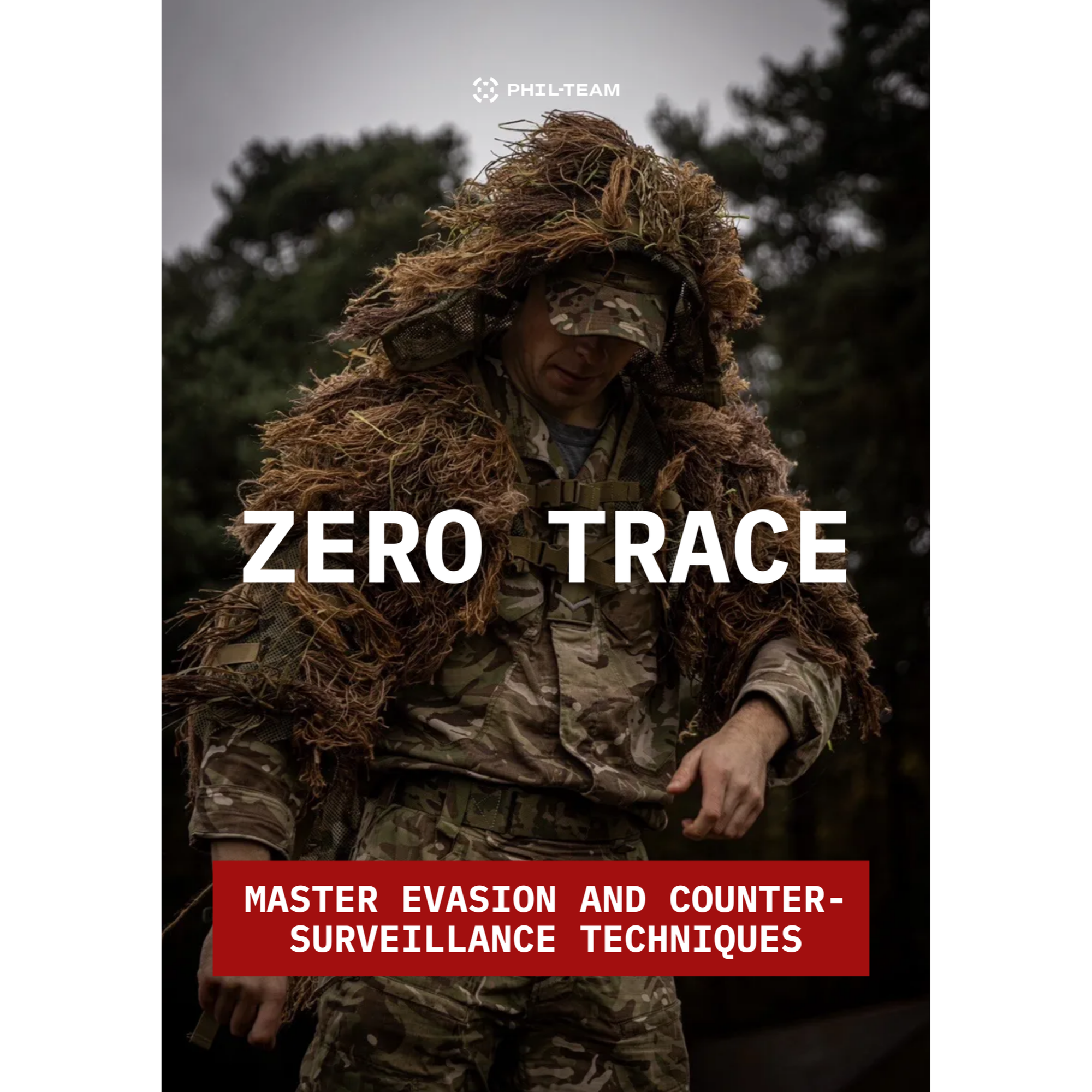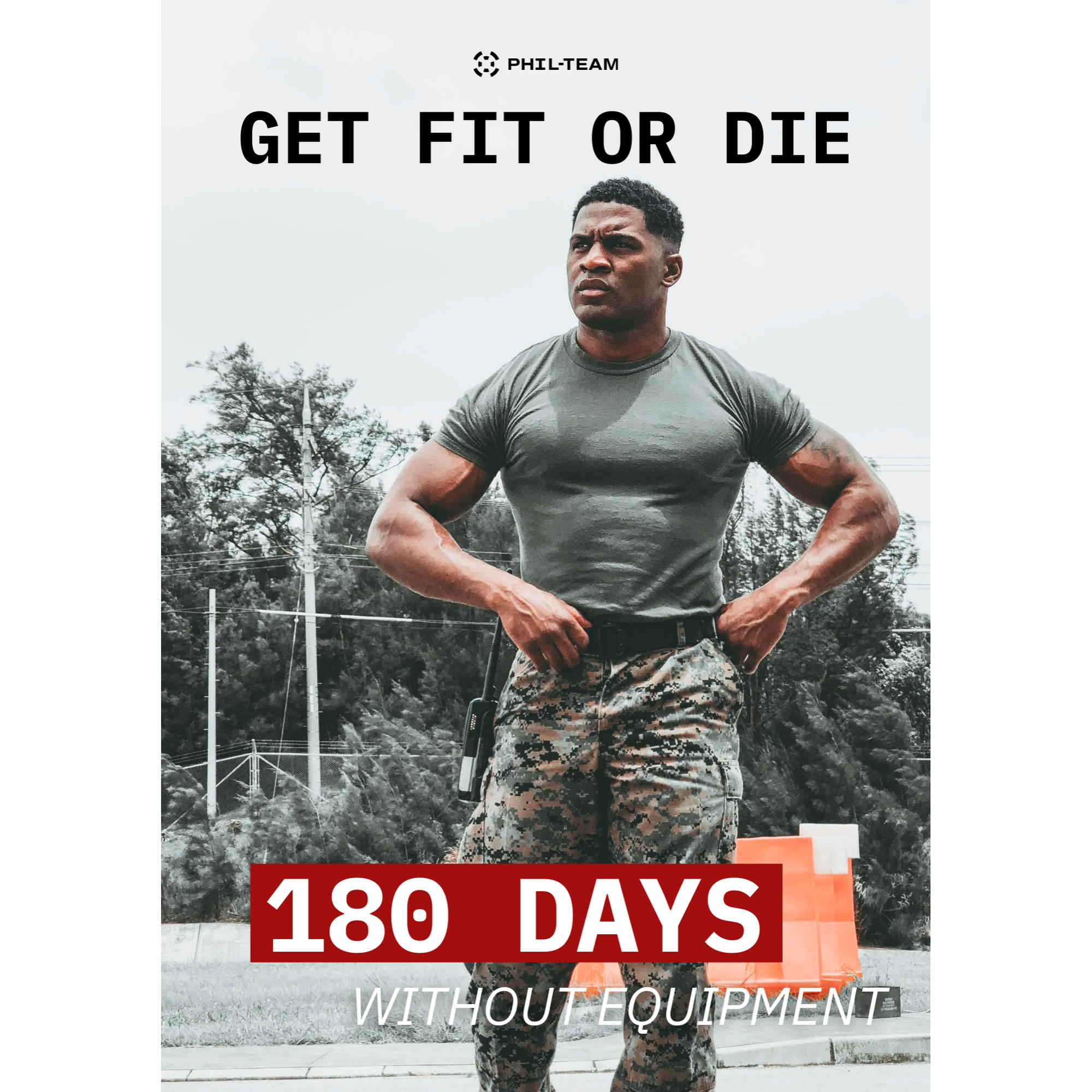
Read this comprehensive guide to the NATO military and phonetic alphabet to find an easy-to-follow resource that includes definitions, examples, the complete military alphabet with each character and code, and more.
We also provide explanations for each code, along with a helpful pronunciation guide and a simple method for memorizing the entire military alphabet.
After reading this guide, you will be able to clearly communicate your message to everyone. This is the same insider strategy used by the International Civil Aviation Organization, the Royal Air Force, the International Telecommunication Union, the North Atlantic Treaty Organization (NATO), the Australian Armed Forces, the American National Standards Institute, military veterans, infantry, and government agencies worldwide.
Military alphabet and NATO phonetic alphabet explained
The military alphabet and the NATO phonetic alphabet are the same alphabet. It is a system of letters and numbers used by the United States Armed Forces, the North Atlantic Treaty Organization (NATO), and the International Civil Aviation Organization, and even by civilians to spell words and phrases or communicate in code. It is a phonetic alphabet that uses 26 code words.
These words are used to ensure that spoken communication is clearly understood. They are used in the military to avoid communication problems and to communicate in code.
Poor communication can lead to loss of life and other tragic circumstances.
The military alphabet uses distinct words like Juliet (pronounced Jew lee ett k), Charlie (Char lee) and India (In dee ah), as well as code words like Tango Yankee, Tango Tang, Tango Mike, and many others, to encode and decode messages.
These passwords are regularly used by government agencies, such as the US Army Infantry, the US Navy, the US Marines, the US Air Force, and even by other militaries around the world.
To use the alphabet, spell the words correctly using these distinct words while saying each syllable. For example, the word for the letter "U" is Uniform, pronounced: you nee form .
To communicate the word "up," say: Uniform Papa. Pronounce it " you nee form paa paa." The person you are speaking to will understand that you are communicating the word "up" and will likely look up at them.
This same phonetic alphabet is the same as the International Radiotelephone Spelling Alphabet and the Western Union Alphabet, which also consists of 26 code words.
To recap: Each word like "Uniform" ( you need form ) or "Yankee" ( yang touch ) represents a letter of the English alphabet. For example, "Alpha" means "A", "Bravo" means "B", and so on. Several code words are often combined to form words or phrases. For example, to say "dog," you would say "Delta-Oscar-Golf". None of the 26 code words are alike, so there is no doubt about what is being communicated.
The complete military alphabet
The complete military alphabet is revealed in the table below.
We designed this chart to be more than just a visual aid.
We've added a handy search bar just above the military phonetic alphabet to help you memorize each word.
How to use the search bar function :
- Type any letter into the search bar.
- Guess the word that corresponds to it.
- Click on search to check your answer.
- Keep practicing until you memorize every word.
This is a quick way to learn every military code word in the alphabet.
| Letter | Code word | Pronunciation |
|---|---|---|
| A | Alpha | AL fah |
| B | Well done | BRAH voh |
| C | Charly | CHAR the |
| D | Delta | DEL tah |
| E | Echo | EKK oh |
| F | Foxtrot | FOKS trot |
| g | Golf | Golf |
| H | Hotel | HO say |
| I | India | EN dee ah |
| J | Juliette | JU lee ett |
| K | Kilo | KEY oh |
| L | Lima | LEE mah |
| M | Mike | Mike |
| N | November | NOH vem bre |
| O | Oscar | OSS car |
| P | Dad | HAP pah |
| Q | Quebec | Keh Beck |
| R | Romeo | ROW me oh |
| S | Sierra | see AIR ah |
| J | Tango | TANG go |
| you | Uniform | YOU need shape |
| V | Victor | VIK ter |
| O | Whiskey | WISS Key |
| X | X-ray | EKS section |
| Yes | Yankee | YANG kee |
| Z | Zulu | Zoo toilets |
:max_bytes(150000):strip_icc()/Military-List-of-Call-Letters-3356942-final-d45fc5e75f9a493cbafd334766c98af6.png)
Mnemonic device for remembering the NATO military alphabet
Military alphabet code words
Now, after learning the meaning of each letter, take a little more time to learn common code words from the military alphabet.
By learning these code words, you will be able to engage in interesting conversations with members of the military, military veterans, Morse code experts, people working in government agencies and veterans affairs, and anyone else familiar with the military phonetic alphabet or who has an interest in the military.
Here are some code words used by the military that we have decoded for you:
11 Bravo - Army Infantry
40 Mike Mike - 40 mm grenade or M203 grenade launcher
Well done Zulu - Good work
Charlie Mike - Continue the mission
Echo Tango Sierra - Service Expiration (when someone is about to complete their service period)
Lima Charlie - Loud and Clear
Mikes - Minutes
November golf - Not good
Oscar-Mike - In motion
Tango Mike - Thank you very much
Tango Yankee - Thank you
Whisky Charlie - WC
Whisky Pete - White Phosphorus
Acronyms
BOHICA - Bend over, it's coming back. The slang of the Vietnamese era that has endured.
Tips for learning the military alphabet:
Flashcards – Don't reinvent the wheel. Take 26 flashcards, write the letter on one side and the corresponding term from the military alphabet on the other. If you want to learn proverbs, military slang, or other terms, create cards for those phrases and their definitions as well. Flashcards don't take long to make and will remain a useful reference for you while you learn.
Write the alphabet - Try to write the military alphabet from memory. Do this at least once a day and try to get as many letters as possible. Do this until it becomes memorized and second nature.
Ask a friend to test you – Some people are not visual learners. Ask a friend or family member to test your knowledge and help you keep track of the letters you have trouble remembering.
Record yourself and listen to it – Make an audio recording on your phone or computer and listen to yourself repeating the military alphabet. After listening for a while, these terms will become ingrained in your memory.
Think about the military alphabet while you read and write normally —thinking about the military alphabet will help you feel more comfortable using it. Consider how to spell random everyday words in the military style. This is a great way to increase your familiarity with and use of the alphabet.
Read the alphabet before going to sleep – if you have trouble memorizing, try spending some time reading the alphabet before bed. It's a tried-and-tested method used by actors, lawyers, and musicians to learn information quickly.
Go through it backwards, change the order, focus on the problem words —you want to make using the alphabet second nature. Therefore, be sure to use different orders, pairings, and various methods and techniques to master the alphabet.
During the first half of the 20th century, several different spelling alphabets came into and out of use. The most important of these were the CCIR alphabet used for telegraphs from 1927 and the "Able Baker" alphabet used by the US Army during World War II.
After World War II, it was determined that this wartime alphabet included words and pronunciations specific to American English, which hindered communication between NATO allies. Therefore, in 1957, NATO and the United States introduced a common system, now known as the NATO Military Alphabet, which is still in use today.
History of the International Radiotelephone Orthography Alphabet (IRSA)
The history of the International Orthographic Alphabet in radiotelephony is fascinating. We have created a timeline to help understand how it evolved into the modern military alphabet. This is the same version used by the International Civil Aviation Organization (ICAO) and the military.
World War I - World War II
The first versions of the military alphabet emerged in the early 20th century. Pilots equipped with AM radio technology could coordinate with ground control, but poor signal strength and radio interference caused frequent errors. To solve this problem, flying associations began using code words to represent easily confused letters. This new terminology helped them communicate both more effectively and discreetly.
During the First World War, the British Royal Air Force introduced the first complete orthographic alphabet, the RAF radio alphabet. Later, in 1927, the International Telegraph Union (ITU) developed an orthographic alphabet for telegram communication. Over time, this system gained popularity. By the beginning of the Second World War, most commercial airlines worldwide were using ITU codewords.
The next major development occurred in 1941, around the start of World War II. At that time, the United States introduced a standard spelling language across all branches of the armed forces. The Joint Army/Navy Phonetic Alphabet, also known as the "Able Baker Charlie" alphabet, can be heard in films and television shows dating back to the 1950s. It has even made its way into modern cinematic depictions of World War II, such as Saving Private Ryan.
1957 – Present
In 1957, the U.S. armed forces and NATO adopted a common alphabet known as the International Radiotelephony Spelling Alphabet (IRSA), or the NATO phonetic alphabet for short. The International Civil Aviation Organization (ICAO) developed this system after years of meticulous research and testing. Crucially, ICAO tested each code word in numerous common dialects. As a result, IRSA has stood the test of time as an international standard.
The U.S. government initially classified IRSA as confidential but made it public shortly thereafter. IRSA is still in use today and has only grown in popularity over time. Today, many have come to know this extraordinary code language simply as "the military alphabet."
Many people refer to the military alphabet as a phonetic alphabet. Technically, this is not accurate.
Unlike the International Phonetic Alphabet, which indicates intonation, syllables, and other speech characteristics, the military alphabet doesn't actually indicate its own phonetics. The military alphabet is known as a "spelling alphabet," used to spell words and communicate clearly (for example, "row me oh" and "jew lee ett" for R and J).
While phonetic alphabets use symbols to describe the details and nuances of language, the military alphabet is used for oral communication. The military alphabet simplifies language so that everyone can communicate more easily.
If not used, regional accents, dialects, and unconventional voice patterns would lead to communication problems. But no matter how you speak, "F Foxtrot," "E Echo," "B Bravo," and "G Golf" don't all sound the same—one reason why communication codes are useful.
Use in the armed forces and the International Civil Aviation Organization
Many English letters sound the same. It's easy to confuse "B" with "P" or "C" with "E." A spelling mistake can lead to a package being sent incorrectly labeled or a dinner invitation being misspelled. For a soldier, poor communication can mean disaster.
Armed forces radio operators use this alphabet to send codes or relay important messages. A spelling alphabet ensures clear communication even in the presence of significant background noise or radio interference.
In addition to flawless spelling, the men and women of the service use the "Alpha Bravo Charlie Delta" alphabet as a shorthand and slang. Popular expressions include:
Oscar-Mike (“in motion”): a unit moves between positions
Charlie Mike ("continue mission"): a mission will continue after an interruption
Tango Delta ("target down"): The enemy has been eliminated
Lima Charlie ("loud and clear"): confirmation of instructions received
Military communication procedure
The military alphabet is the cornerstone of the army's codified communication procedure. This procedure regulates communication via radio and other communication platforms used by the military. This system assists soldiers by limiting the flow of information, emphasizing clarity, and establishing standards for orders, updates, and critical information.
There are three guiding principles for military communication: accuracy, brevity, and clarity. Whether you're communicating by radio, in person, or on any other platform, all tactical communication must adhere to these criteria. Keep tactical messages short and precise, and limit communication to the essentials. Generally, keep messages under 30 seconds. This way, you'll be easily understood, even under pressure and in chaotic situations.
Radio communication
Radio communication is the most important means of communication for soldiers during operations and conflicts, and therefore has the most codified structure. This section provides an overview of what you need to know about radio communication. Remember that whenever you spell words or codes using the alphabet, you will be using the military alphabet.
Call signs
Call signs are the essential first part of any radio message, identifying the sender of each message. Call signs can be for individuals, squads, platoons, companies, or senior officers and leaders. They must be distinct from easily identifiable names or nicknames, as they are intended to conceal the enemy's identity. Here is an example of how they are used:
"Hey [call sign], it's [call sign]... over."
The most famous cultural use of call signs occurs in the film Top Gun. "Maverick," "Iceman," and "Viper" are all call signs you probably know because of these iconic characters. In reality, however, you might want your call sign to be less tied to your personal identity.
The idea is that American soldiers can identify themselves and communicate without revealing too much, even if the messages are intercepted. Always be sure to use the call sign of the unit you are calling at the beginning of your message.
Radio controls
Although fairly simple, radio checks are important to ensure communication lines are intact. Radio checks are periodic verifications that confirm other call signs are indeed hearing your messages. Be sure to perform regular radio checks, especially before and after operations.
Proverbs
Below is a list of important procedural words, known as "Prowords," which play a significant role in radio communication. You will need to know what they mean and how they replace and shorten longer messages. Important note: Avoid using the word "repeat." Transmissions are often interrupted or dropped, making it difficult to know whether you are repeating a transmission or requesting a repeat.
Note: Roger/Negative/Break/Over
As a general rule, radio messages will contain at least one of these Prowords. These four elements are particularly important because they determine the nature of the message. Roger and Negative establish agreement or disagreement at the beginning of a message. Similarly, Break and Over will determine whether a particular transmission is a complete message or not.
Use outside the military
According to the International Telecommunication Union, the "military alphabet" is not reserved for the armed forces. As we explain later in the History section of this page, this alphabet was actually developed by the International Civil Aviation Organization (ICAO) as a set of terms that would be mutually understandable within the international community. The Able Baker alphabet, like Morse code, was designed to minimize communication errors and is used in non-military contexts where codes and clarity are essential.
Uses and notes of the military aircraft communication alphabet
Flight coordinates and passenger names are communicated using the military alphabet.
Pilots rely on the Automatic Terminal Information Service (ATIS), which provides a continuous stream of weather, runway logistics, and other vital information. Updates are assigned different letters of the military alphabet so pilots know how recent they are. ATIS also uses numerous military letters and numbers to communicate logistical data.
The military alphabet is used to compose Squawk codes, officially known as aircraft transponder codes, which are used to distinguish flights and aircraft by air traffic control.
Aviators often use many of the same proverbs and slang terms as the military and conduct radio communications using similar standards. For example, Roger/Negative/Over/Break are just as fundamental to airborne communication as they are to military radio communication.
Some airlines replace Delta (the code for "d") with another word. This is to avoid confusion with Delta Airlines. This is sometimes known as the aviation alphabet .
Uses and notes from the financial industry
Banks use the military phonetic alphabet to communicate security codes and verify customer information.
Banks, merchants, and financial institutions use the military alphabet when negotiating or ordering large transactions.
Final reflections on the military phonetic alphabet
This comprehensive guide to the military and NATO phonetic alphabets has given you everything you need to know to learn and use the military phonetic alphabet. You've learned the code words used in the United States and the Royal Air Force. You've learned the words that correspond to each of the 26 letters of the military phonetic alphabet to communicate more clearly. And you've learned the history of the military alphabet from its earliest roots, the Able Baker Alphabet.
Frequently Asked Questions
The following are frequently asked questions that we are most often asked. We have compiled a list of these questions to facilitate learning the military phonetic alphabet.
What is the military alphabet from A to Z?
A is for Alpha, B is for Bravo, C is for Charlie, D is for Delta, E is for Echo, F is for Foxtrot, G is for Golf, H is for Hotel, I is for India, J is for Juliet, K is for Kilo, L is for Lima, M is for Mike, N is for November, O is for Oscar, P is for Papa, Q is for Quebec, R is for Romeo, S is for Sierra, T is for Tango, U is for Uniform, V is for Victor, W is for Whiskey, X is for X-ray, Y is for Yankee, and Z is for Zulu. Memorize these words for error-free spelling.
What is the Echo Tango Sierra mission?
Mission Echo Tango Sierra stands for Expiration Tour of Service ; a phrase used when a service member is on their final tour of duty and about to retire from the Army and begin receiving their veteran benefits. Those are the only four words you need to say, because just four words are enough for another soldier to realize the veteran benefits—that is, the benefits of the GI Bill—that await them upon discharge.
What is Oscar Tango Mike?
When communicating the code, Oscar Tango Mike is the military code for "On the move".
Are people creating their own versions of the military alphabet?
Yes. According to the International Civil Aviation Organization (ICAO), some people create their own versions of the military phonetic alphabet. The Association of Anesthetists advocates changing the NATO phonetic alphabet for medical telecommunications when necessary.
Does learning the military alphabet constitute DOD approval?
No. According to the International Telecommunication Union, learning the military alphabet does not constitute an endorsement by the DOD.















0 comments